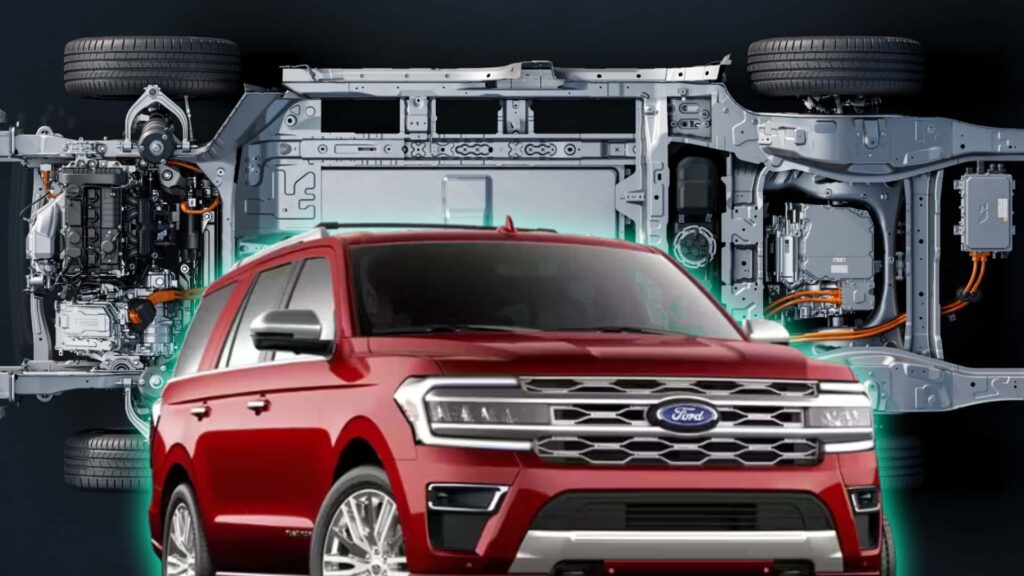They also produce fewer emissions than traditional internal combustion engine vehicles, making them a more environmentally friendly option. Additionally, EREVs offer the convenience of being able to refuel at gas stations, eliminating the range anxiety that some EV owners may experience.
Ford is not the only automaker betting on EREVs. Ram, Scout, and General Motors are also investing in this technology as a way to address the challenges of large electric trucks. Ram, for example, has delayed the release of a full EV pickup truck in favor of launching an EREV Ramcharger first. Scout Motors has seen overwhelming demand for its ‘Harvester’ EREV, indicating that there is a strong market appetite for this type of vehicle.
Overall, extended-range electric vehicles represent a promising solution to the challenges facing the electric vehicle market. By combining the benefits of electric propulsion with the convenience of an internal combustion engine range extender, EREVs offer a practical and cost-effective option for consumers who want to transition to electric vehicles without sacrificing the performance and capabilities of their current vehicles. As the automotive industry continues to evolve towards electrification, EREVs are poised to play a significant role in the transition to a cleaner and more sustainable transportation future. Ford has recently announced their new extended-range electric vehicle (EREV) technology, which promises instant, drama-free acceleration similar to that of an electric vehicle (EV), along with the added benefits of pre-heating and pre-cooling without any tailpipe emissions. This innovation aims to provide customers with the electric experience without the common concern of range anxiety.
According to a Ford spokesperson, “This technology gives them the electric experience without the range anxiety,” highlighting the key advantage of the EREV technology. With the instant acceleration and environmental benefits, this new approach offers a compelling alternative to traditional combustion engine vehicles.
The 2025 Ram 1500 Ramcharger is set to be the first U.S. EREV truck to hit the market this year, followed by the Scout Terra in 2027. This move by Ford signals a shift towards more sustainable transportation options, as other automakers are also investing in similar technologies. It seems that Ford is not alone in betting on the success of EREV vehicles, with competitors joining the race to develop more environmentally friendly truck options.
While the market for big-battery EV trucks has been growing steadily, the introduction of EREV technology adds a new dimension to the electric vehicle landscape. With more options available to consumers, it will be interesting to see how customers respond to this latest innovation. As the automotive industry continues to evolve towards cleaner and more efficient vehicles, EREV technology could play a significant role in shaping the future of transportation.

